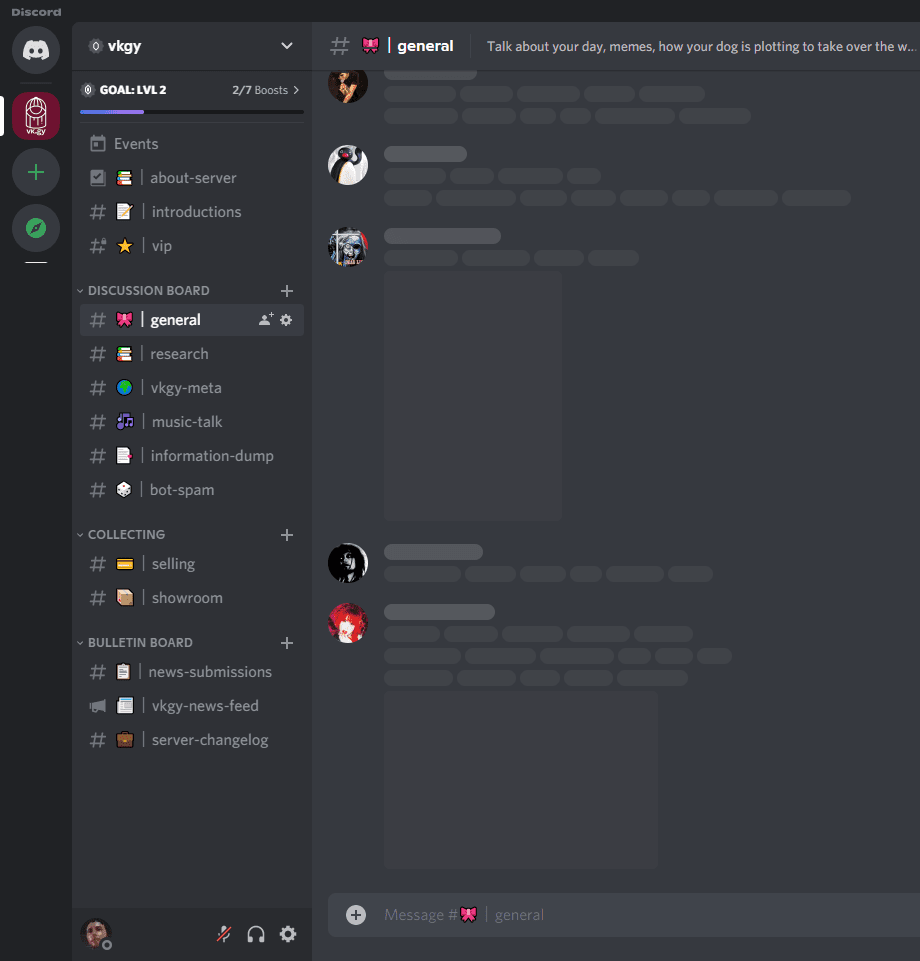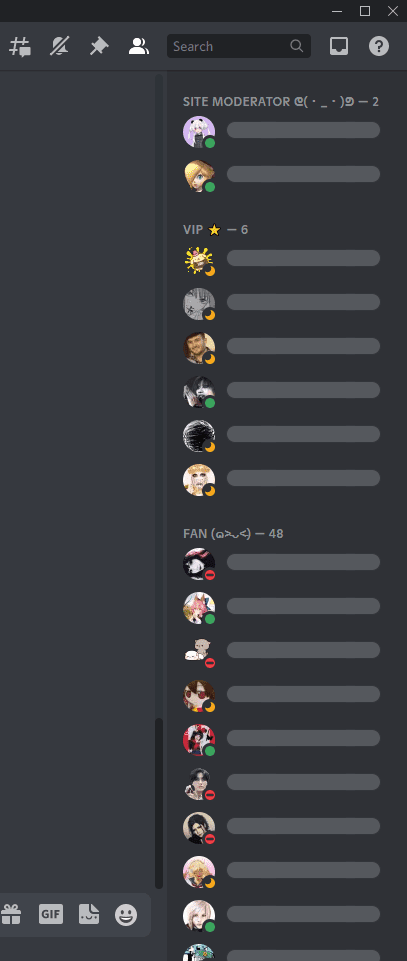-
For any bands which do not meet the criteria outlined in allowed band types, no profile should be created, nor should any data be added. Existing profiles and releases from said bands should be tagged “removed”. (See also: handling non-visual artists in omnibuses.)
-
For one-time sessions, continuous sessions, doujin bands, parody bands, and soft visual bands, you may add all normal data that you would for a regular visual kei band.
-
For idol, angura, proto-visual, or non-visual bands, you may only add the following:
Do add appropriate tags; one representative image; formation and disbandment date; official website; and member names, positions, and band histories. (The
allowed bands rules still apply for any bands
within the members' band histories.)
Do not add multiple images; videos; detailed biography information (such as member changes or label changes); live schedules (except lives at which
explicitly vkei bands appeared); or discography entries (except those in which
explicitly vkei bands participate).
Avoid news articles about these bands except when a musician, whose previous band was explicitly vkei, forms a new non-vkei band; or when a formerly vkei musician passes away.
- For formerly visual bands, all normal data may be added. However, news articles should be avoided except if the band disbands, revives, or switches back to being a visual band, or if one of its members passes away.



